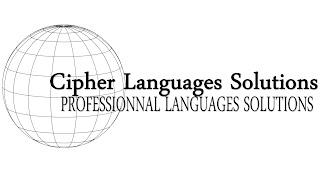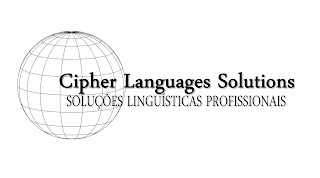Les articles indéfinis en portugais

Les articles indéfinis sont placés avant les noms, ils les déterminent imprécisément, définissant un type d'objet ou d'être comme un exemple du genre sans mettre en évidence un ou plusieurs parmi eux. En portugais, il y a quatre articles indéfinis: um, uma, uns et umas. Ils correspondent en français à un, une et des. Voici les explications et exemples: Os artigos indefinidos Articles Explications Exemples Um Précède les noms masculins au singulier. Um homem (un homme), um avião (un avion), um ônibus (un bus), um trem (un train), etc. Uma Précède les noms féminins au singulier. Uma mulher (une femme), uma rua (une rue), uma estrada (une route), uma mesa (une table), etc. Uns Précède les noms masculins au pluriel. Uns jogadores (des joueurs), uns amigos (des amis), uns prédios (des bâtiments), etc. Umas Précède les noms féminins au pluriel. Umas praias (des plages), u...






